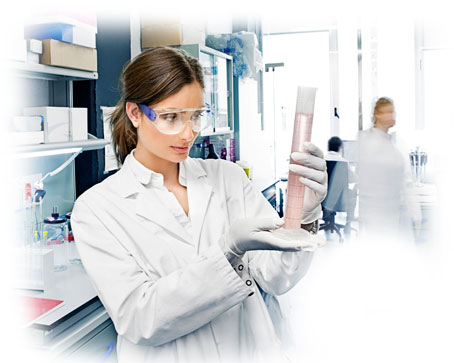The objective of mar and abrasion testing is to simulate predictive performance under a specified set of criteria and correlate with end-use performance. Yet when you evaluate the conditions a product is exposed to during its life, we sometimes conclude the task of developing wear test methodology is both multifaceted and difficult. Nonetheless, laboratory mar and abrasion testing has the potential to provide considerable insight into the various factors that contribute to a material's performance. Mar abrasion is the permanent deformation of a surface, but the deformation does not break the surface. Do not confuse wear with abrasion. Although the terms are frequently used interchangeably, wear is "the wearing a way of a part or material by rubbing against another surface, and abrasion is the action that causes it. Wear abrasion is the removal of a portion of the surface by some kind of mechanical action (e.g. rubbing or sliding back and forth of an object). Mar abrasion is the permanent deformation of a surface but the deformation does not break the surface.
Controlled laboratory mar and abrasion testing allows the user to approximate field conditions and eliminate extraneous variables. This enables the life span of a product to be compressed into a much shorter duration, and allows materials to be evaluated in the same manner within a controlled environment.
